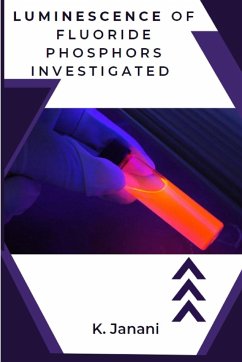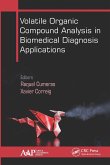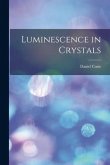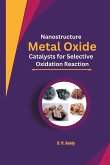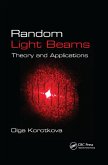The investigation of luminescence in fluoride phosphors is a subject of considerable interest in various scientific fields. The luminescence properties of these materials are determined by the rare-earth ions and their energy transfer mechanisms within the host lattice. This has led to extensive studies of their optical properties, including emission and excitation spectra, crystal structure, crystal growth, and powder synthesis. Various methods of synthesis have been employed, including solid-state, sol-gel, combustion, and hydrothermal synthesis. The temperature-dependent luminescence behavior of fluoride phosphors has also been investigated, with particular attention paid to thermal quenching and the effects of temperature on quantum efficiency, lifetime, and decay curve. Doping concentration, host lattice, energy levels, and Stokes shift are all factors that influence the luminescence properties of fluoride phosphors. The investigation of various luminescence phenomena, including photoluminescence, cathodoluminescence, electroluminescence, phosphorescence, afterglow, and persistent luminescence, has also been a focus of research. Moreover, the tunability of emission color and the potential for white light emission, UV light emission, visible light emission, blue light emission, green light emission, and red light emission have been of interest to researchers. Fluoride phosphors are finding applications in a wide range of fields, including biocompatibility, biomedical imaging, sensors, optoelectronic devices, lighting, quantum dots, nanophosphors, nanotechnology, energy conversion, and scintillators. This research is expected to contribute to the development of new and improved fluoride phosphors with enhanced luminescence properties and increased efficiency.
